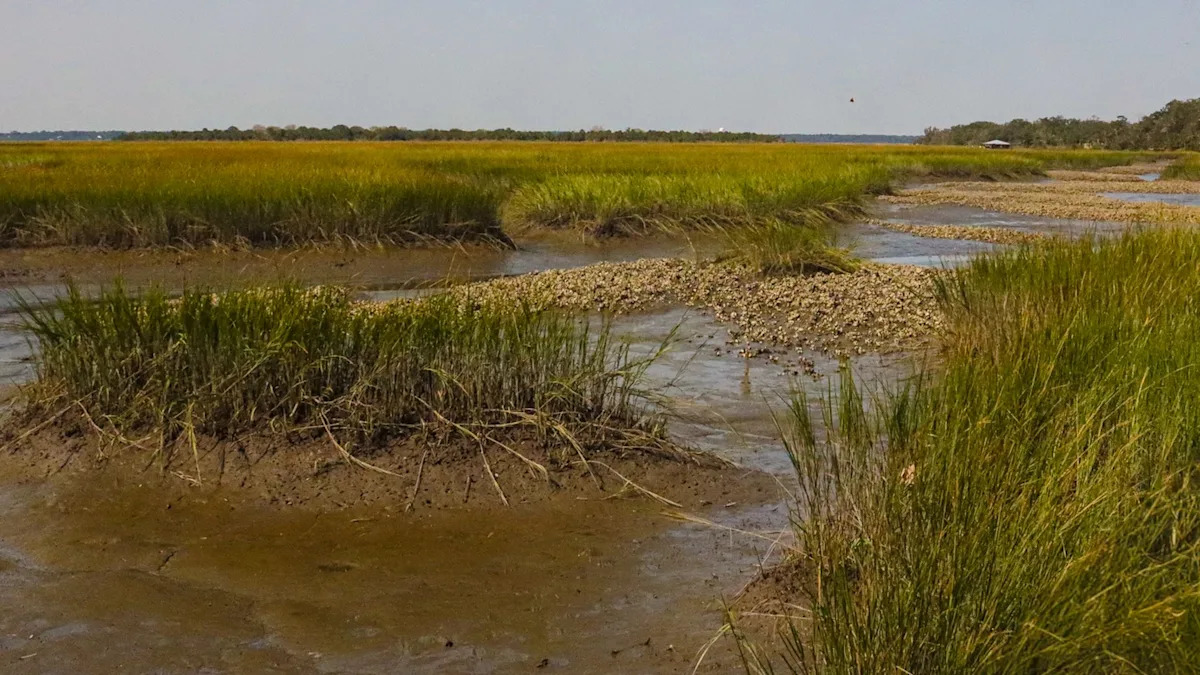Home / Environment / Innovative Sand Spread Saves Sinking Salt Marsh in Maine
Innovative Sand Spread Saves Sinking Salt Marsh in Maine
8 Oct
Summary
- Conservationists spread 1,000 cubic yards of sand to raise Webhannet salt marsh
- Marsh raised 3-6 inches to combat flooding and soil erosion
- Wetlands hold water to protect communities, but face tipping point from rising seas

In a proactive move to save a vital coastal ecosystem, conservationists in Wells, Maine have spread 1,000 cubic yards of sand to raise the Webhannet salt marsh. As of October 8th, 2025, this innovative solution has successfully lifted the marsh by 3 to 6 inches, helping to combat the effects of rising sea levels and excessive flooding.
Wetlands like the Webhannet marsh play a crucial role in supporting biodiversity and protecting local communities from the impacts of extreme weather. However, these ecosystems are facing a tipping point as they take on more water due to climate change. The added sand is intended to restore the proper soil composition and drainage, ensuring the marsh can continue to thrive.
According to experts, the natural processes that would typically replenish lost soil in wetlands have been disrupted by human development. By combining modeling, chemical analysis, and permitting, teams from the University of New Hampshire and Ducks Unlimited have been able to successfully implement this sand-spreading approach. They are hopeful that within the next year or two, the revitalized marsh will look dramatically different and continue to serve its vital ecological functions.



